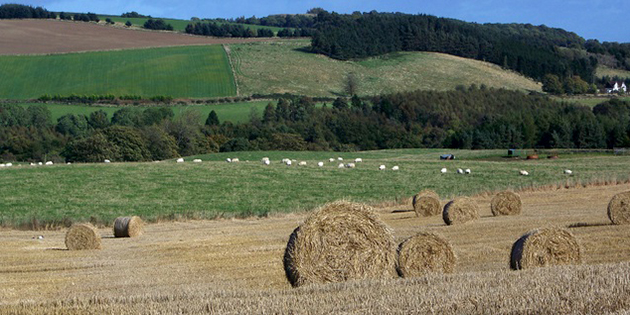Increasing Cost of Cash Rent Puts Producers in a Tough Spot
The increasing cost of cash rent is leading many farmers to ask themselves if it is time to give up the lease on their farmland. Of course, the answer to this question has almost everything to do with the financial health of the operation.
In her article, Cash Rent Increases: When is the Right Time to Give Up a Lease?, the executive director of Nebraska Farm Business Inc., Tina Barrett, stresses that reducing cash rent is not a one-sided story.
Landowners have seen their own rapidly increasing costs. The average personal property and real estate taxes paid per acre has also been increasing. In the same 10-year period, this cost has also increased from $29.22 to $55.71.
But no matter how many sides to the story, the reality is that cash rents have doubled in the last 10 years. In Nebraska, that number has risen from $127.71 to $258.11. With cash rent now accounting for more than 30 percent of the total cost of irrigated corn, producers have no choice but to consider how to reduce this expense.
While no one wants to lose money at the end of each year, giving up land is something most producers want to avoid at all costs. This is especially true since while giving up land may reduce expenses, it also means there is less opportunity to make money. Giving up land has other implications, as well.
The likelihood of ever having the opportunity to farm that ground again once you give it up is slim. It is also tough to find additional ground to farm when the markets turn around.
Some operators have more time than others to make these types of tough decisions. Highly-leveraged operations with significant amounts of high-rent land require quicker action than those with low debt and few acres. And operators who have been around longer and have more net worth built up have more wiggle room than farmers just starting out. In the end, each situation is unique and as difficult as it may be, tough decisions need to be made.



